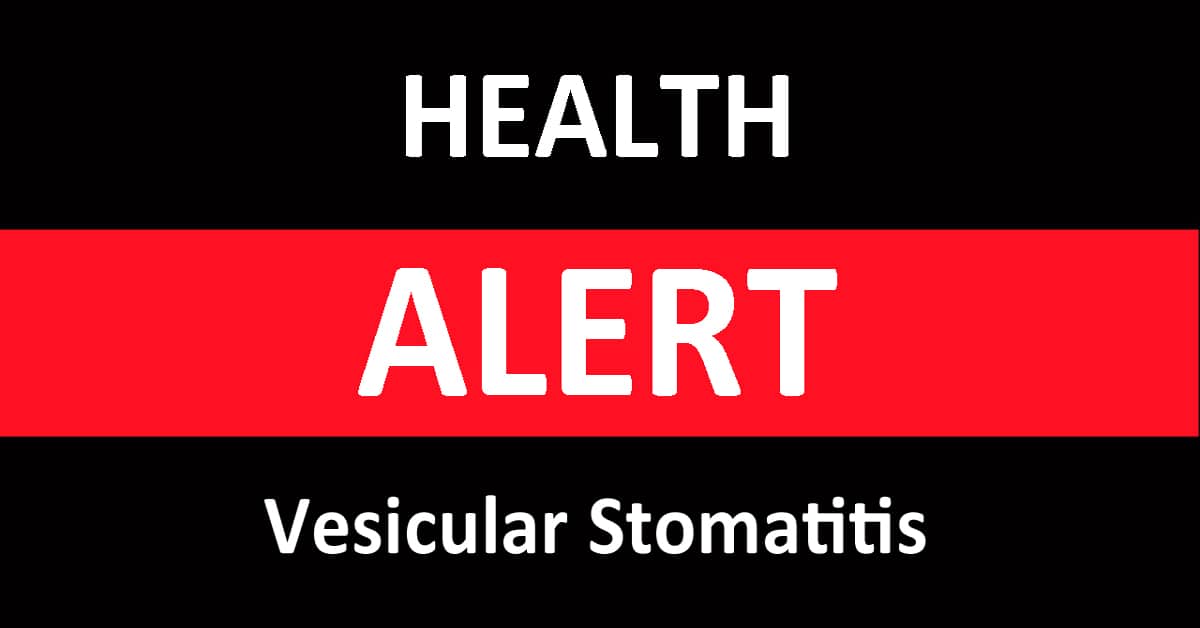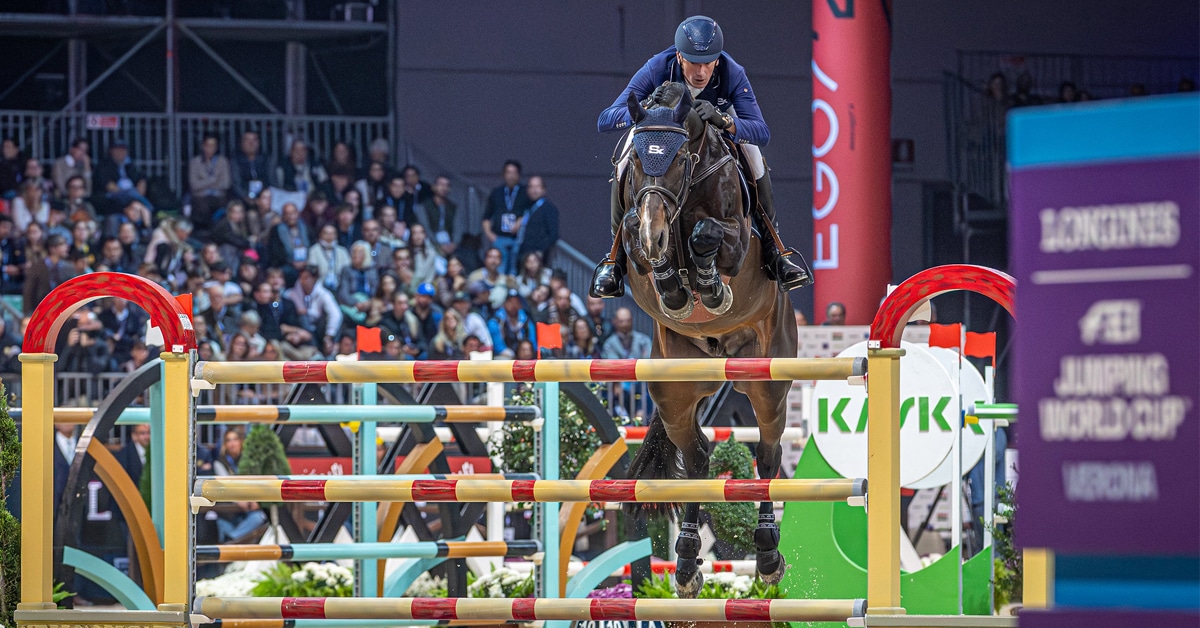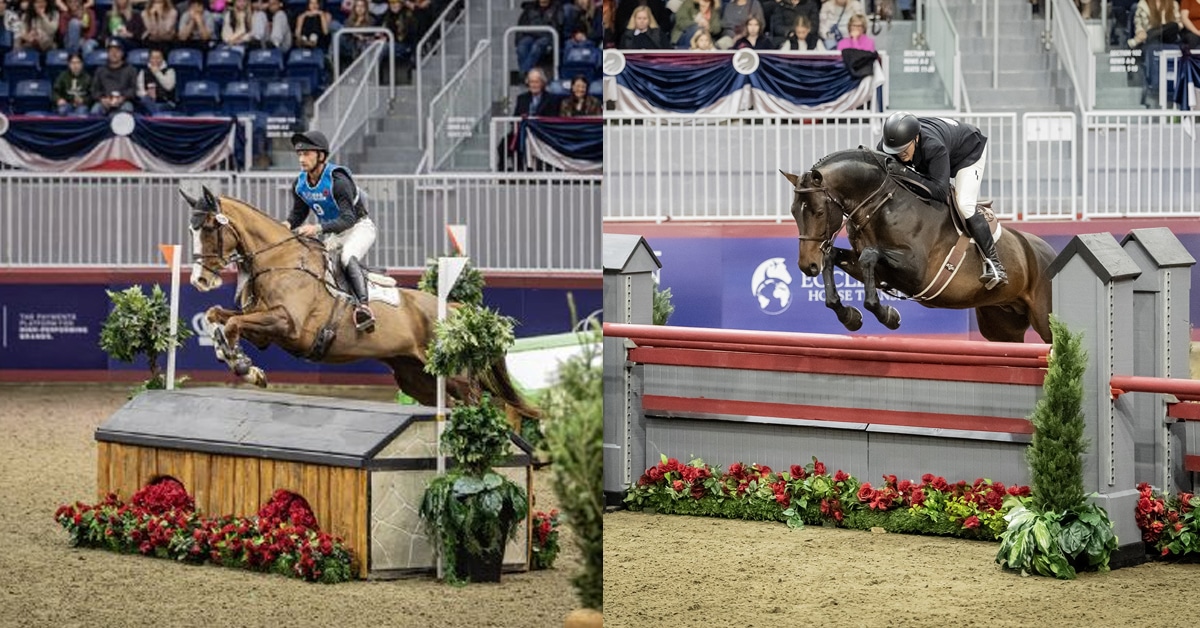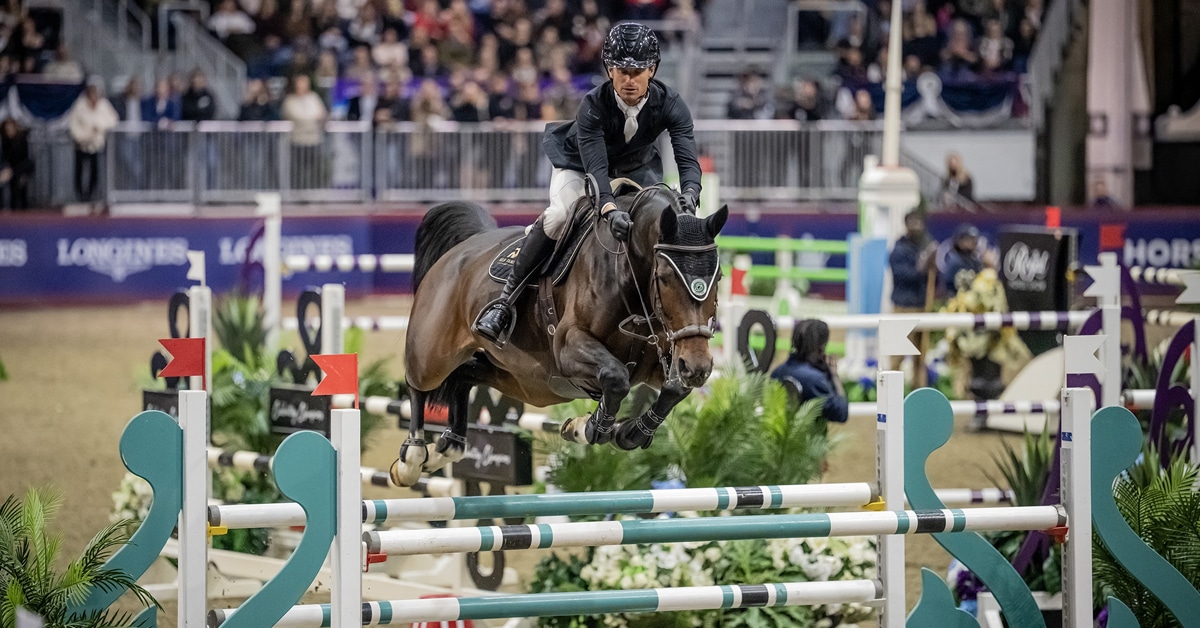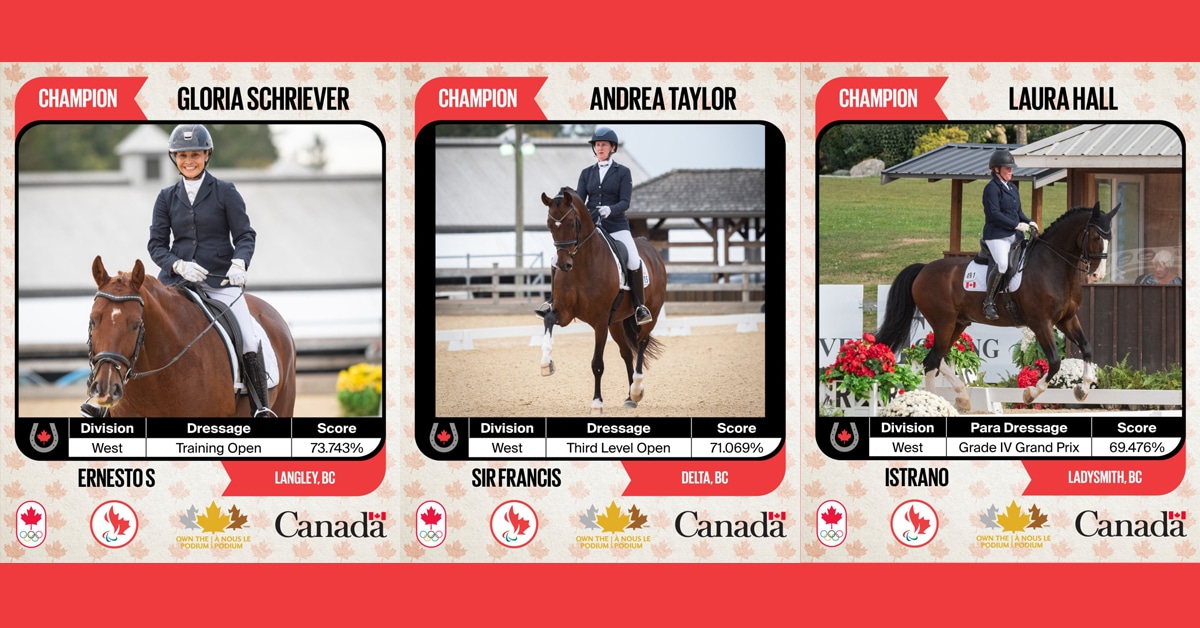During the summer there are often waves of horses presenting with respiratory disease. Ontario Veterinary College researcher, Janet Beeler-Marfisi never really ascribed that to being part of air pollution, until her recent research revealed horses, with their far greater lung capacity and athleticism, can also suffer when air pollution levels rise.
Checking the Air Quality Health Index is how many humans suffering from asthma start their day and subsequently plan their activities. As an asthma sufferer, Beeler has personal experience recognizing how the air quality can affect her own breathing. She has always wondered if horses could also be impacted? In this Ontario study published in 2020, Beeler and her colleagues discovered: Increased Weekly Mean PM2.5, and NO2 Are Associated With Increased Proportions of Lower Airway Granulocytes in Ontario Horses.
Be sure to listen to Dr. Beeler’s fascinating research and great analogy on how the lungs defend themselves against particulates:
So what does an increase in airway granulocytes mean in correlation to pollution?
Beeler explains, “the lungs have cells inside the air sacs, and they protect the lungs against things that we breathe in. If the lower airway granulocytes are increased, it implies that there is inflammation they are responding to. We noted that there was an increase in certain types of inflammatory cells when air pollution was high.”

Even minimal lung inflammation can lead to problems with breathing, decreased athletic performance and shortened career longevity.
Interestingly, proximity to a city was a factor in the study. Beeler described that what we used to call smog we now call poor air quality. Proximity to cars, which give off a lot of particulate makes up a major portion of poor air quality.
The lungs are part of the foundation for a horse’s amazing athletic capacity. Even minimal inflammation can lead to problems with breathing, decreases in athletic performance and could decrease the longevity of a horse’s career if left unchecked. Certainly, any cough or breathing issue should be addressed by the veterinarian right away.
Prevention is the first defence against respiratory issues. Beeler has three tips for reducing particulates in your horses environment:
- “Based on my research, I would hope that people look at Air Quality Health Index and when the air quality is poor, choose not push our equine athletes to their maximal efforts during those times.”
- Barn related factors! For example: watering before sweeping, put sweepings into the manure pile rather than sending that dust into the horse’s stall where they can breathe it in while eating off the ground.
- “I personally have an issue with round bale feeding or large square bale feeding. They stick their face into the bale and they are breathing in all of the particulates. Even good-looking hay contains mould spores and dust from the soil, which are just naturally occurring and can contribute to lung inflammation.”
There are more studies on equine lung health in Dr. Beeler’s future. Next, she will be looking at the effects of pollution on exercise induced pulmonary hemorrhage, otherwise known as bleeding.
More News
